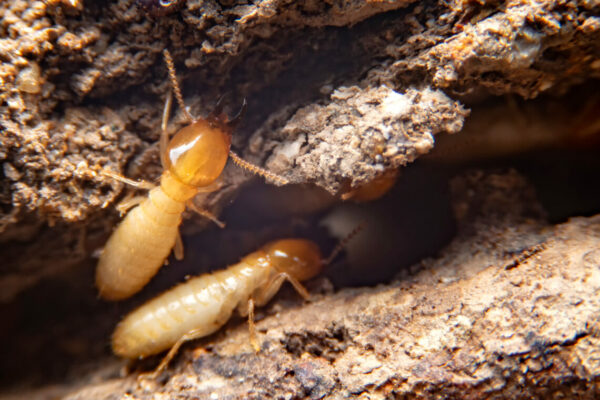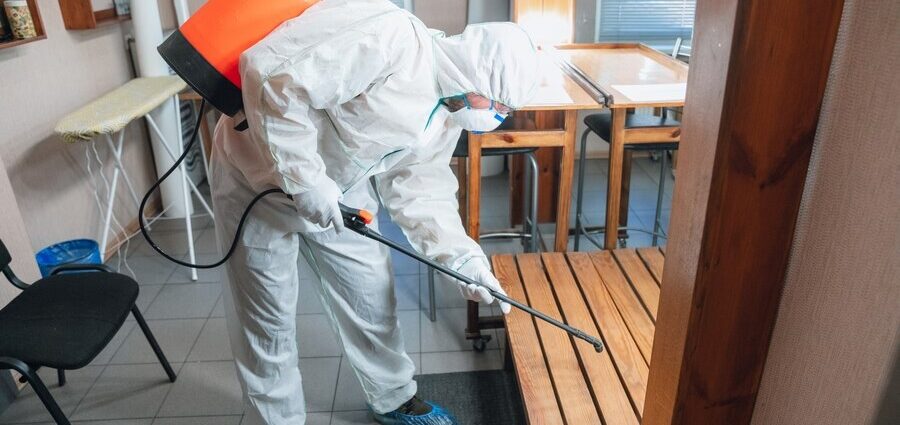Unwanted wildlife can disrupt homes and properties, causing damage and posing health risks. Effective management of pests like termites and gophers is essential. Both require targeted strategies for control and prevention.
Understanding Termite Treatment
Termites are silent destroyers. These insects can cause extensive damage before being detected. Identifying early signs of infestation, such as mud tubes or damaged wood, is crucial.
Modern termite treatment involves several methods. Liquid termiticides are applied around the home’s foundation. These create a barrier that termites cannot cross. Another method is baiting. This involves placing bait stations around the property. Termites consume the bait and share it with the colony, leading to their eventual elimination.
Heat treatment is another option. This non-chemical method involves raising the temperature of the affected area to levels lethal to termites. It’s environmentally friendly and effective in localized infestations. Regular inspections are also essential. Professional exterminators can detect signs of termites early and apply the necessary treatments.
Effective Gopher Control
Gophers are notorious for their tunneling habits. They can damage lawns, gardens, and even structural foundations. Gopher control starts with understanding their behavior. These rodents prefer loose, moist soil and can create extensive tunnel networks.
Trapping is a common method for gopher control. It involves placing traps in active tunnels. The key is to locate the main runway, which is usually a straight section of the tunnel. Once identified, traps are set and checked regularly.
Another method is using repellents. These can be either chemical or natural. Castor oil-based repellents are popular and can be applied to the soil. Gophers find the taste and smell unpleasant, encouraging them to move elsewhere. Planting gopher-resistant plants, such as daffodils or marigolds, can also deter them. These plants are unattractive to gophers and can act as a natural barrier.
For larger infestations, fumigation may be necessary. This involves introducing toxic gases into the gopher tunnels. It’s effective but should be done by professionals due to safety concerns.
Integrated Pest Management (IPM)

Integrated Pest Management (IPM) is a comprehensive approach. It combines multiple strategies to manage pest populations effectively. For termites, IPM might involve combining chemical treatments with regular inspections and moisture control.
In gopher control, IPM could include habitat modification, trapping, and the use of repellents. The goal is to reduce the pest population to acceptable levels while minimizing environmental impact. Monitoring and documentation are key components of IPM. Keeping records of pest activity and control measures helps in assessing the effectiveness of the strategies employed. Adjustments can then be made as needed.
Seeking Professional Help
Sometimes, professional help is necessary. Pest control professionals have the expertise and tools to handle severe infestations. They can provide tailored solutions based on the specific situation.
For termite treatment, professionals can perform thorough inspections and apply advanced treatments. They also offer warranties, providing peace of mind. In the case of gopher control, professionals can set traps and apply fumigants safely. They can also offer advice on preventing future infestations.
Controlling unwanted wildlife like termites and gophers requires a multi-faceted approach. Understanding the behavior of these pests, employing effective treatment methods, and taking preventive measures are key. Integrated Pest Management offers a holistic solution, combining various strategies for effective control. Seeking professional help ensures that infestations are managed safely and efficiently. Regular monitoring and maintenance are essential to keep your property pest-free.

